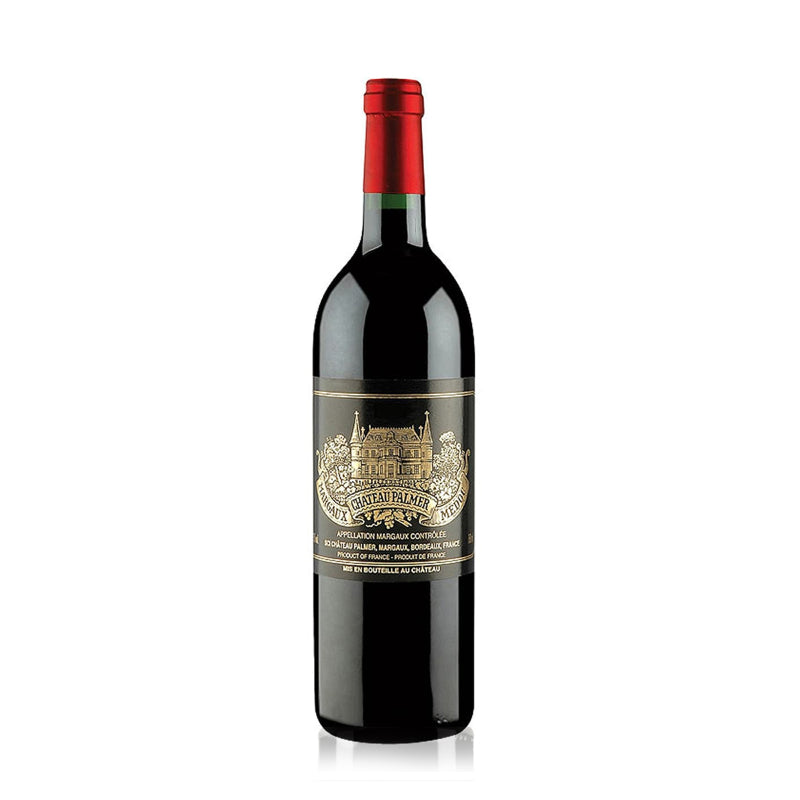Chateau Palmer Margaux 1986 750ml
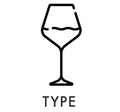



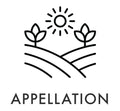

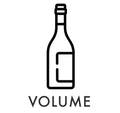

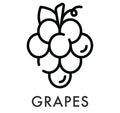

The 1986 Château Palmer, composed of 48% Merlot, 41% Cabernet Sauvignon, 7% Petit Verdot, and 4% Cabernet Franc, received a 92 rating from The Wine Advocate. This vintage shows a well-balanced, medium-bodied profile with notes of blackcurrant, raspberry, cedar, and violets, becoming more pronounced over time. Though more reserved than the 1985, it offers a precise, masculine tobacco-infused finish. It is at its peak now, with an expected lifespan through 2028. Jancis Robinson notes its youthful, powerful fruit and fine-grained tannins, but it is less perfumed than the 1985. This vintage benefited from a hot, dry summer followed by timely rainfall in September, which helped achieve full ripeness, contributing to its ageing potential.
The Wine Advocate | RP 92
Published: May 30, 2016
Drink: 2016-2028
Tasted at the Chateau Palmer vertical in London, the 1986 Chateau Palmer might not embrace you like the 1985, and yet it remains a Margaux with pedigree. It offers blackcurrant pastilles, raspberry and cedar on the nose, violets unfurling with time in the glass, guiding the drinker to its appellation of origin. The palate is medium-bodied and well balanced, as expected, more austere and reserved than the 1985, but with fine backbone and an attractive masculine, tobacco-infused finish that is precise and long. It is not in the same class as the 1989, but it has clearly reached its drinking plateau and should continue there for at least another decade. Tasted May 2015.
Jancis Robinson | JR 17
Published: Sep 28, 2009
Drink: 1997-2017
41% Cabernet Sauvignon, 48% Merlot, 7% Petit Verdot, 4% Cabernet Franc.
Sweeter and more plummy on the nose than the 1985. More cedary but also cassis and dark chocolate/mocha. Seems far more youthful than the 1985. More primary dark fruit. Firmer, fuller and less perfumed but still with a fine freshness. Fine-grained tannins still have some grip though they taste fully ripe. More powerful than the 1985, less scented but more fruit. Grip on the finish is just a little dry.
Chateau-palmer.com
Château Palmer has always transcended fashions and trends to instead tap into a single voice: its terroir. The finesse and elegance of its Margaux roots, the softness and sophistication of its texture, the nobility of leather and the gentle caress of velvet. An almost identical blend of Cabernet Sauvignon and Merlot, rounded off with a touch of Petit Verdot, forge the Palmer style. The aromas offer an immersion in a bouquet of flowers, fruit, and spices, enveloped in a fleshy, generous structure.
1986 blend: Merlot 48% Cabernet sauvignon 41% Cabernet franc 4% Petit verdot 7%
Harvest: From 2nd to 16th october 1986
Nature works its magic. After three months of record-breaking drought, perfectly timed rain in September gave the grapes a quick boost. The result? Grapes harvested at full ripeness and a vintage with great ageing potential.
On paper, 1986 is a similar vintage to 1985. However, the random alternation of hot and cold, dry and wet, provided each year with distinct characteristics. January was wet and cold on the whole. February, on the other hand, was extremely cold. March and April were hardly better, and very wet. The vines were late. Budding occurred around the 14th. April was one of the rainiest and coldest months in the last 20 years. The vines struggled as a result.
A very sunny month of May made up for this delay. Flowering was promising and homogenous. The vines reached full flower by 13 June. This was followed by a hot, very dry summer. Late August broke all drought records with three months without a single drop of water. Fortunately, two periods of heavy rainfall in September accelerated ripening and enabled the grapes to be harvested at optimum maturity during a very sunny October. The Merlot, picked from the 4th onwards, and particularly the Cabernet Sauvignon, produced a wine with a high sugar content.
The resulting 1986 is a thoughtful vintage and big on Cabernet. The wines needed time to open up and reveal themselves, but the years of cellaring have enabled them to achieve both balance and elegance. The bouquet is fine, complex – almost mineral. Meanwhile, the palate has evolved towards a smooth, round, enveloping texture.

